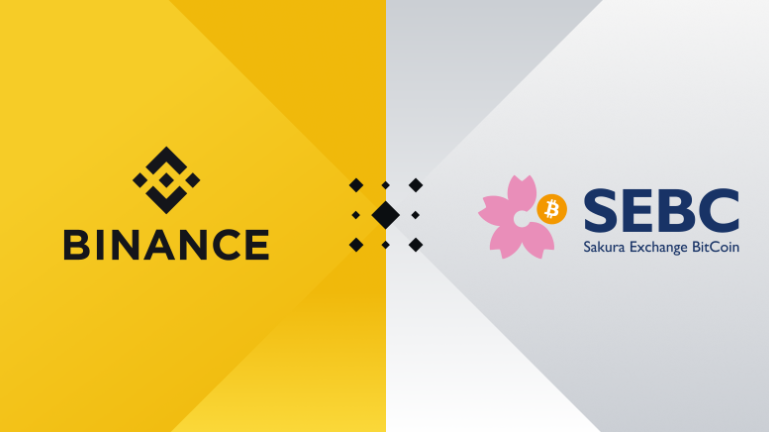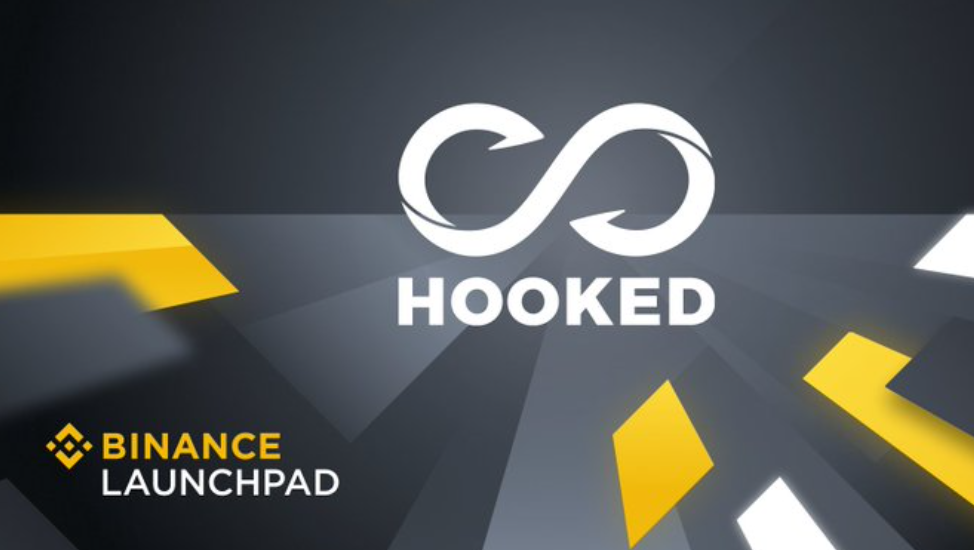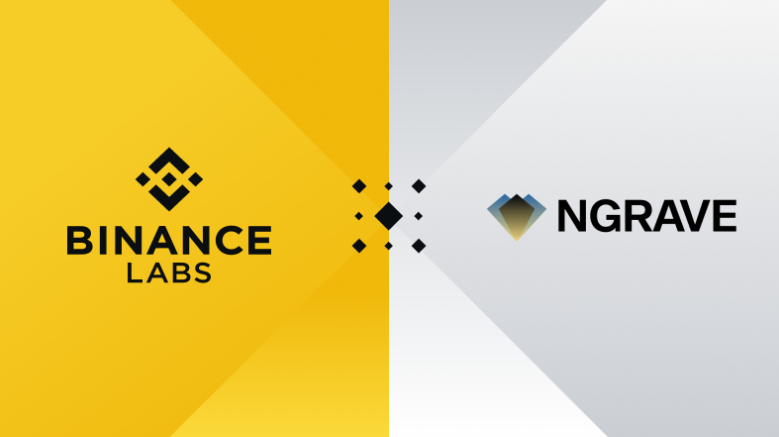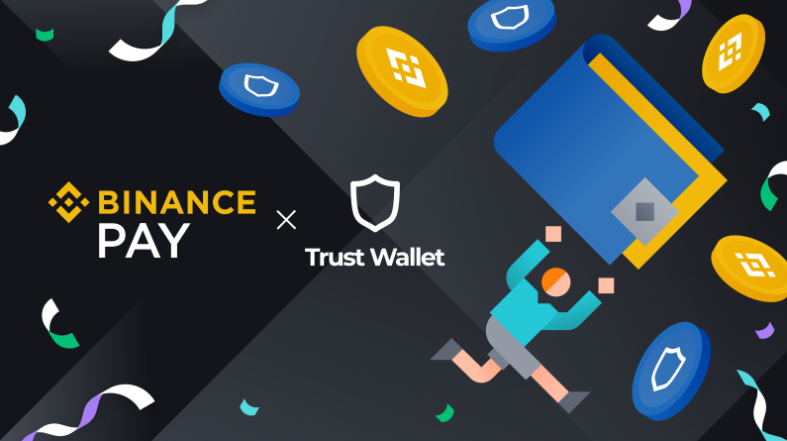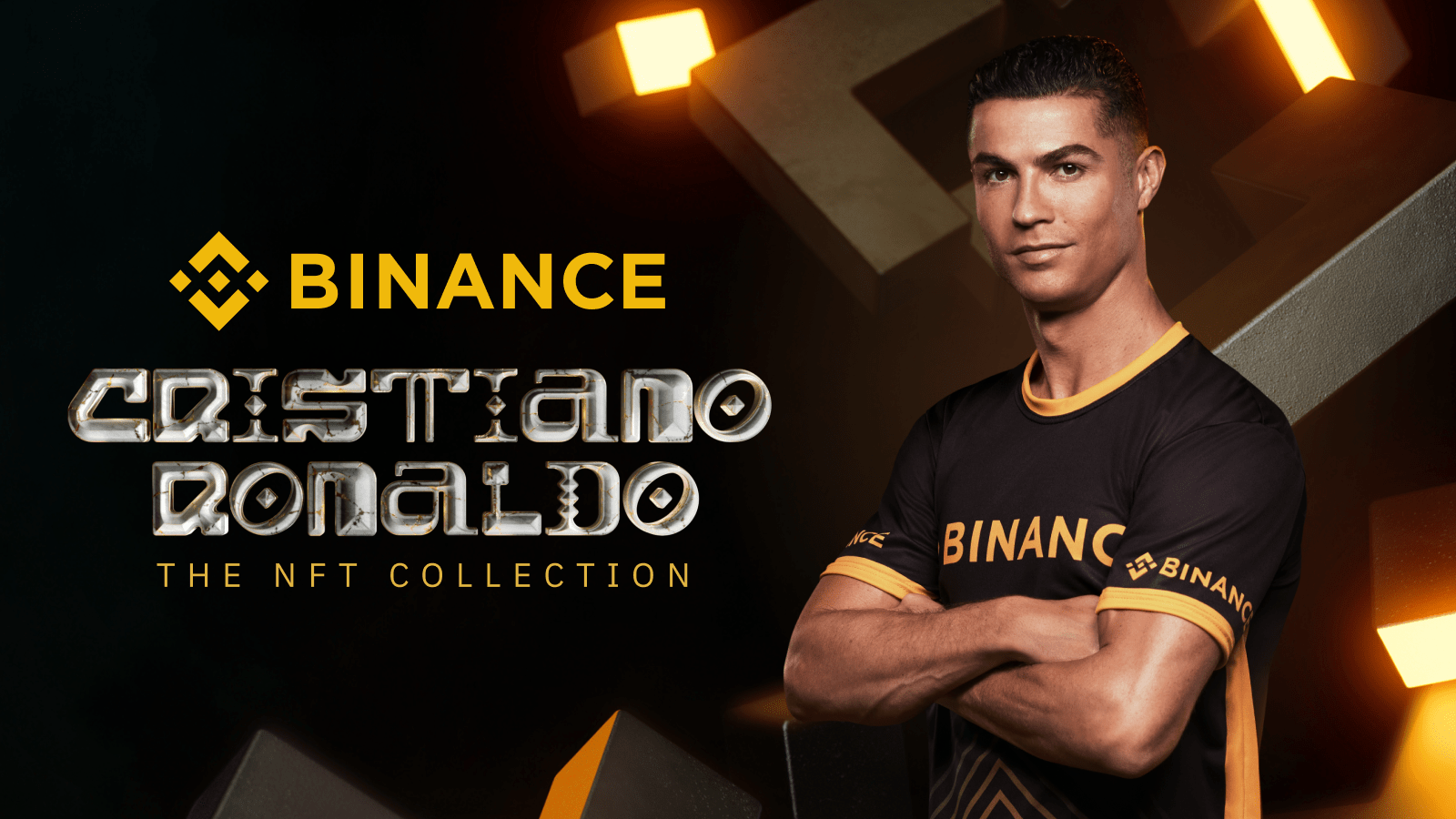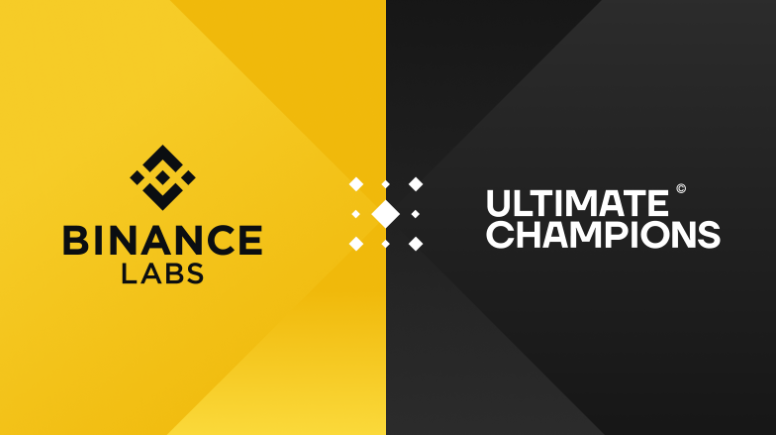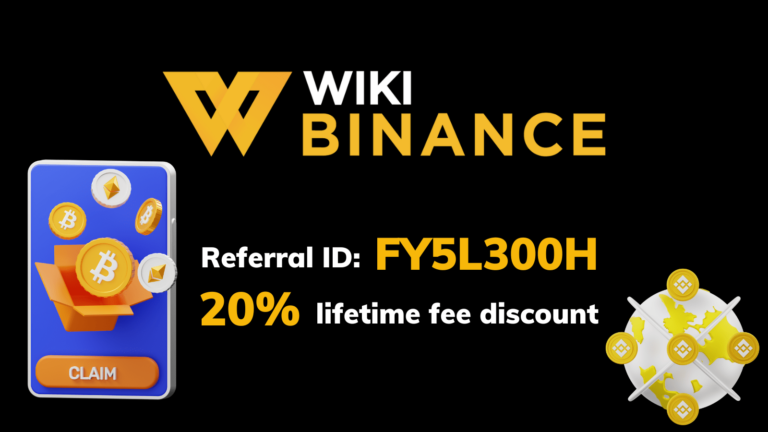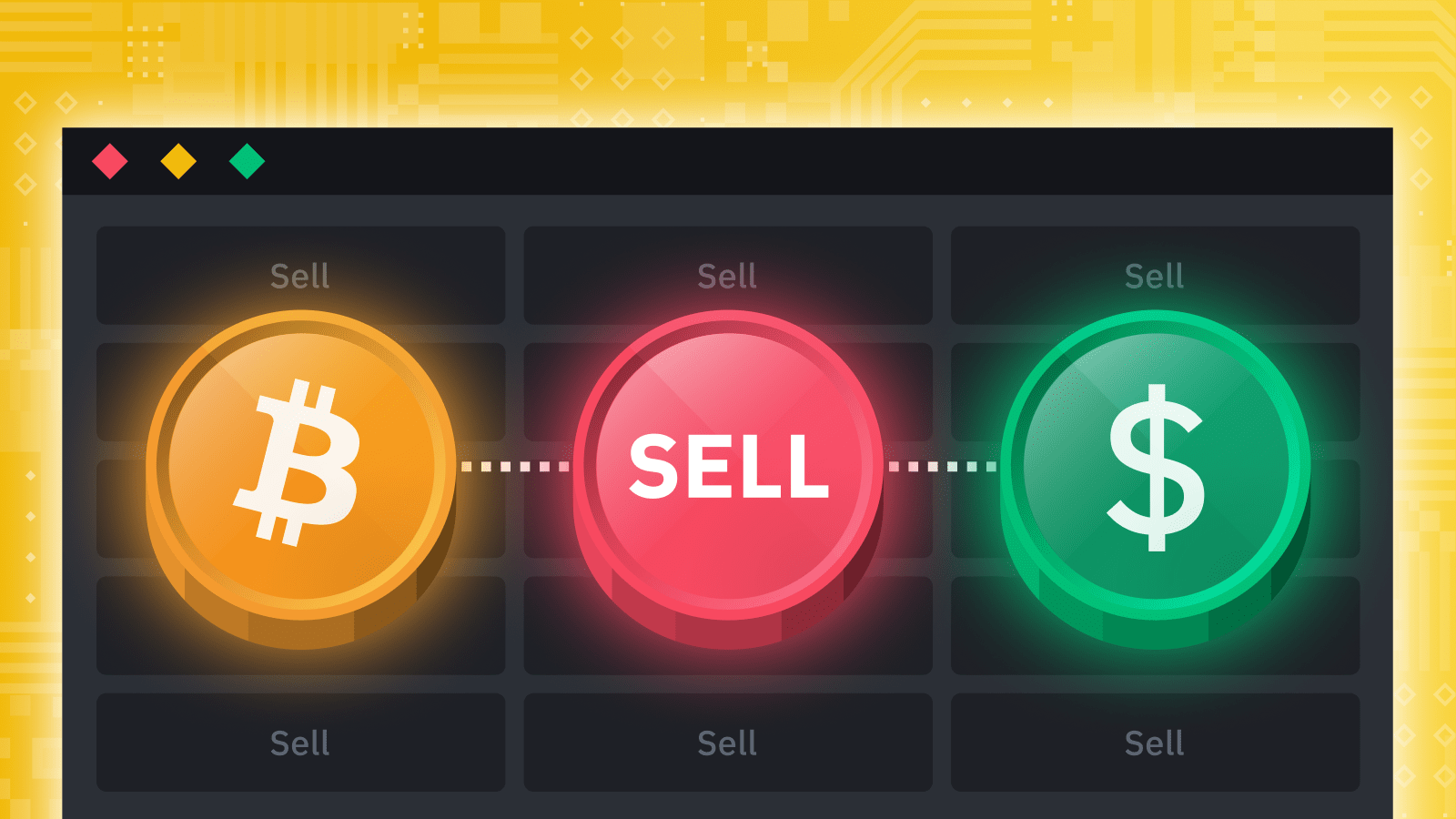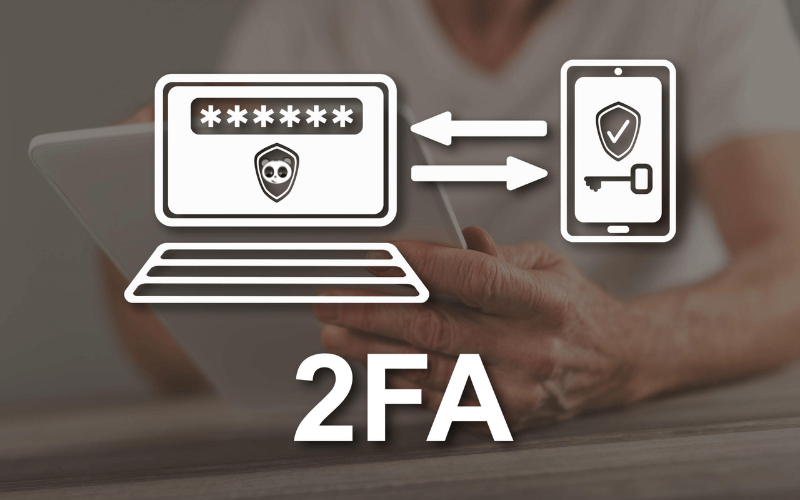NFT is increasingly attractive to investors. They have interesting use cases that help revolutionize the art world and countless other industries, and some of them can increase in value significantly over time. The more the NFT platform grows, the more it will attract bad actors. While fraudulent schemes aren’t just for NFT domains, there’s a growing number of scammers targeting NFT users and investors — especially beginners. Understanding how to spot common NFT scams like Rug Pull is the first step to avoiding them and keeping your money safe. 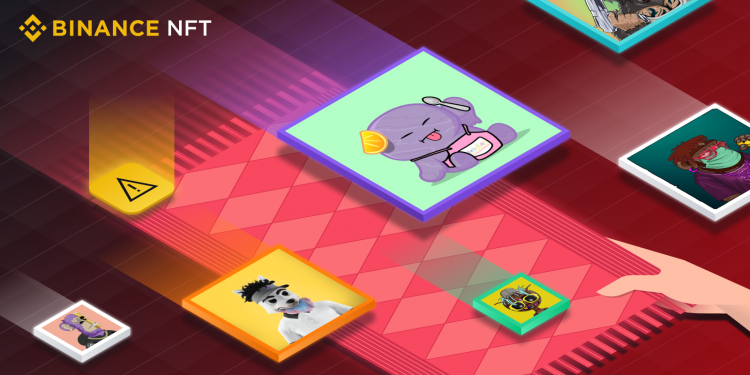
What is Rug Pull?
Rug pull occurs when an altcoin group or NFT abandons its project and disappears along with the money raised from investors. In other words, an incident occurs when an individual or team behind an NFT project fails to deliver on their promises after receiving investor funds. Typically, the founders will release a small collection of NFT to showcase a larger project with compelling benefits, such as exclusive access to events, blockchain games, or merchandise. In many cases, pulling the carpet happens quickly. Besides, there are also cases of dragging the carpet open slowly and the project is quietly abandoned with little or no update or development. Plots to pull the carpet are carried out by an anonymous person or group, as this makes it easier to disappear without a trace.
Signs of Rug Pull
You can see if the project is safe so you can invest in some of the following ways.
Group and community research
One of the best ways to avoid falling into carpet drag scams is to do your due diligence on projects before investing. Thorough research on an NFT project should include learning more about the community and team investigation. Take a look at the organization’s social media channels, such as Twitter, Discord, and Telegram, for a better understanding of their development. Legitimate projects of long-term value often have proven achievements and an established company behind them. Large and interactive communities can also be a good sign, but keep in mind that this can be created by fake accounts and bots.
Route assessment
An NFT roadmap details the goals and strategies of an NFT project to build its long-term value. An NFT roadmap usually includes:
- Project milestones
- Short- and long-term goals
- Marketing and growth plan
If the roadmap sounds too good to be true or simply unrealistic, it could be an indication that the project may have problems. Carpet pull plans often create an ambitious roadmap to get the community excited but won’t live up to their promises. In addition to the fact that they have no intention of achieving the stated goals, these goals are often too difficult to achieve. To minimize risk, it is safer to consider NFT routes with realistic objectives and scalable strategies. It’s better to look for NFT projects that have brought something important and built their reputation. However, keep in mind that all projects can fail – regardless of whether they are small, large, new or old. Like any other market, there will always be risks when trading with NFT, so consider the risk and don’t invest more than you can lose.
Liquidity test
A lowly liquid NFT project means you may find it difficult to convert tokens into cash or other assets. Trading volume is a metric that can help you access the liquidity of the project. The high trading volume indicates that there are many users trading that collection. NFT projects with low volume, low liquidity and a small community of overzealous buyers can point to a plan to pull the rug.
Sumthe
With more and more new NFT projects coming out every day, it’s important to be on the lookout for common scams – among them scams. Understanding how such plans work is the first step to avoiding them. NFT will always pose some risks, but learning to identify red alert signs can be a sign of a scam that will help you minimize risks significantly, keeping your money and NFT safe. >> See also: Detailed Binance registration guide



